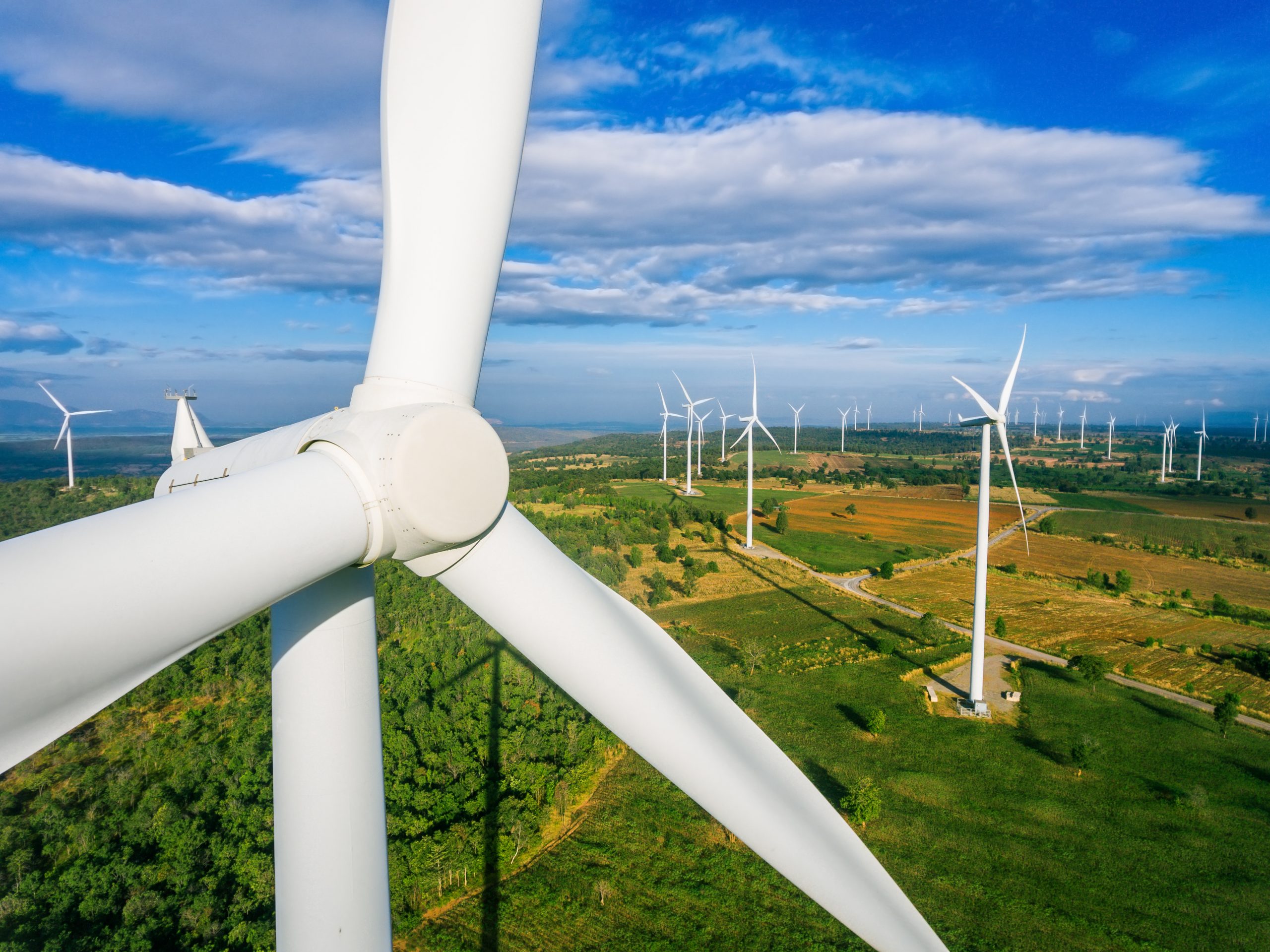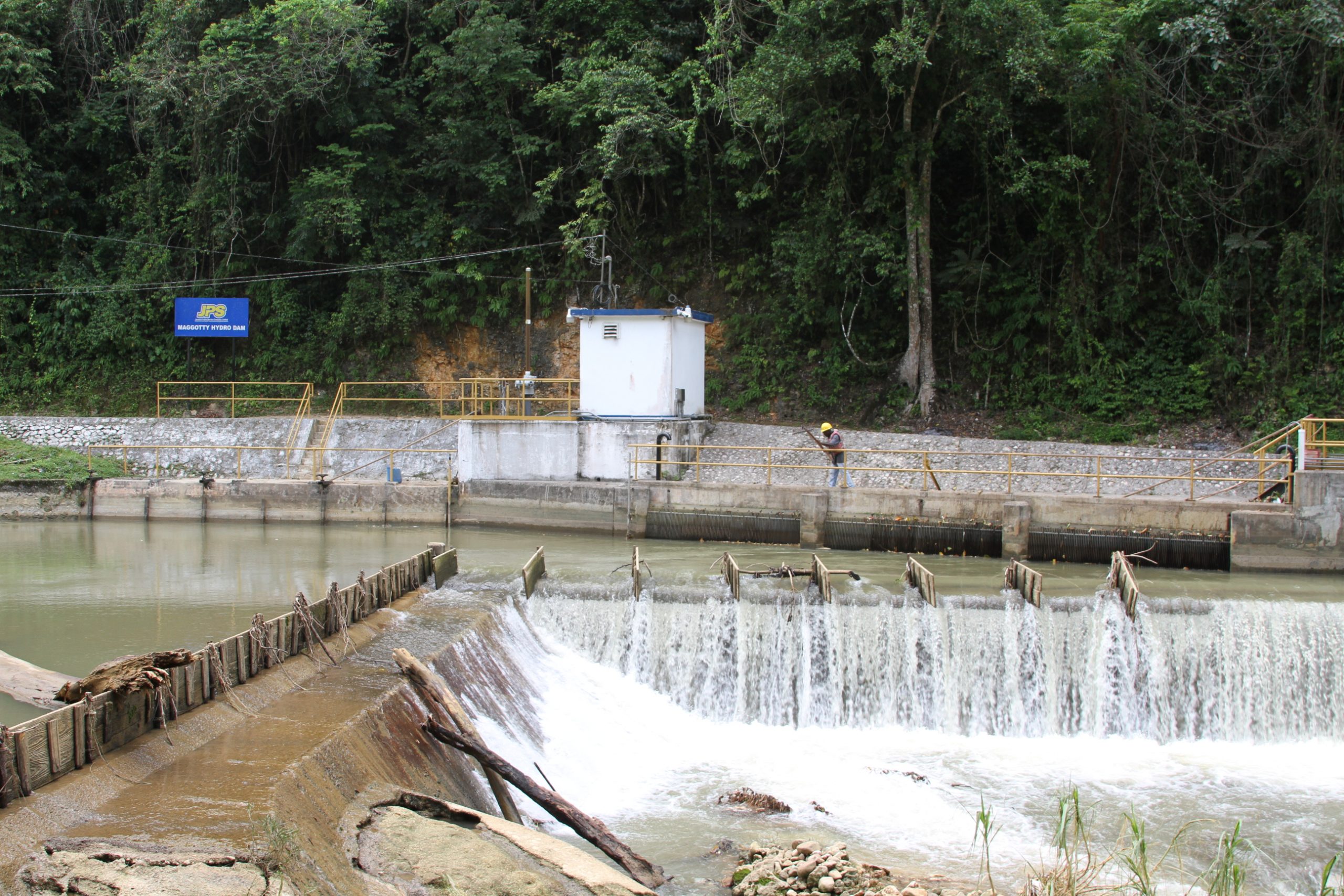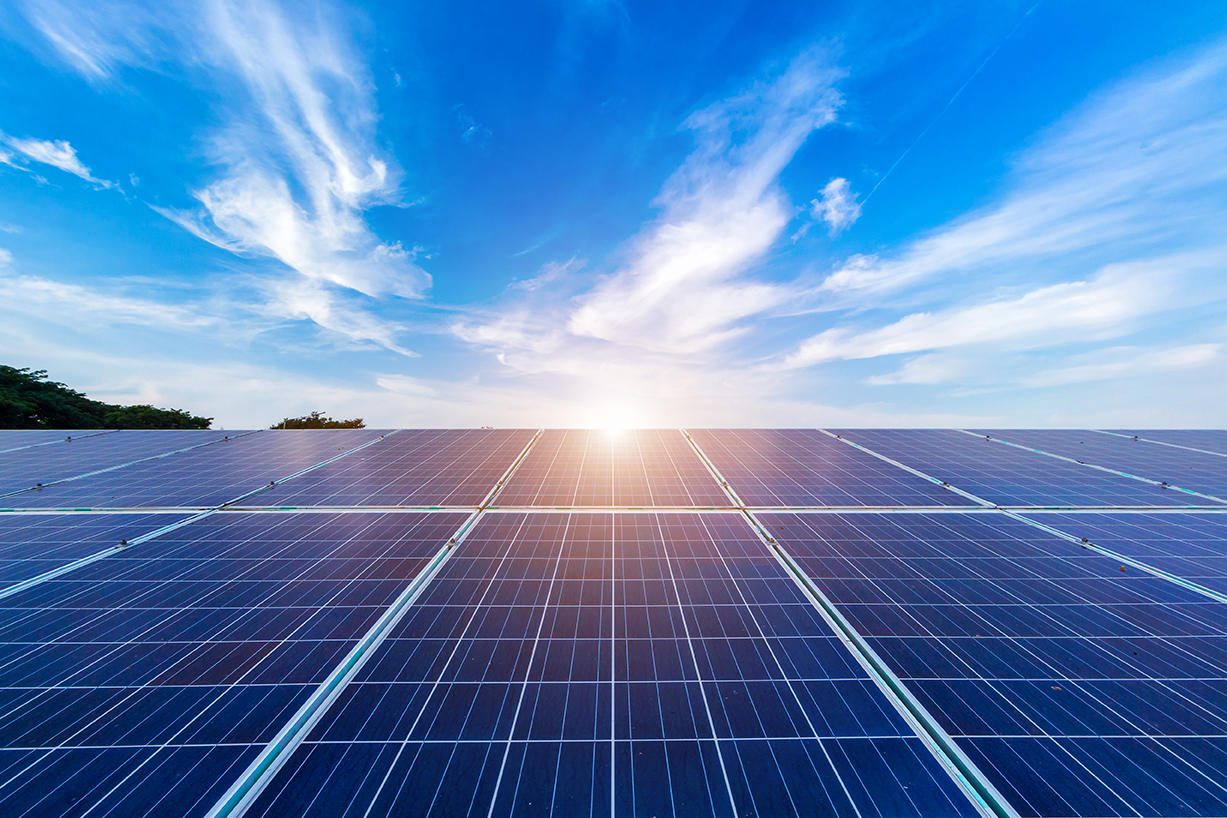We're Creating a Better Energy Future
As a nation, we are on a journey to gradually reduce our dependence on oil for electricity generation. We have partnered with a number of Independent Power Producers (IPPs) to diversify our energy supply and put our island’s renewable resources to work. We have harnessed the cool Jamaican breeze, powerful waterways and our sunny skies to create a noteworthy renewable portfolio.
0MW
0
0MW
Wind Energy
JPS has Power Purchase Agreements (PPAs) with Wigton Wind Farm Limited and BMR Energy, as part of our commitment to support the development of renewable energy in Jamaica. Wigton Wind Farm has 62MW of installed wind capacity, and BMR Energy has 36 MW of installed wind capacity. Both these wind farms are located in St Elizabeth in the southern side of the island.
JPS also has a wind farm, which is located in St Elizabeth. The company’s 4-turbine 3MW Munro Wind Farm was officially commissioned in October 2010.
An important point to note about renewables is that they provide what is called “intermittent power”. This means that the when there is no wind, there is no electricity from the wind plants. JPS therefore has to ensure that back-up power is in place to serve customers when the renewables are not available.

Wind Energy
Wind is used to generate mechanical power or electricity
Vertical-Axis Turbines
Wind turbines can be built on land or offshore in water.
0MW
0MW
0
0MW
Hydropower
JPS has seven 7 hydroelectric plants with a total installed capacity of 26MW. The hydropower plants are:
An important point to note about renewables is that they provide what is called “intermittent power”. This means that when there is an interruption in the flow of the rivers powering the hydro plants, there is no electricity from the hydros. JPS therefore has to ensure that back-up power is in place to serve customers when the renewables are not available.

Effects
Hydroelectric dams help control downstream flooding, provide water for crop irrigation
Power Tool
Also known as water power, is the use of falling or fast-running water to produce electricity or to power machines.
0MW
0
0MW
Solar Energy
We have partnered with two Independent Power Producers namely, Eight Rivers Energy Company (EREC) and WRB Enterprises (Content Solar), who sell solar energy to JPS.
JPS and the University of Technology (UTech) signed a Memorandum of Understanding on October 8, 2012 to set up a solar renewable energy facility including the installation of a 100kWh solar photovoltaic system. The solar facility provides electricity to the university. Its engineering students worked on the project as part of a tool for learning. They also designed and installed the units. The main objectives of the project were to demonstrate the viability, true costs and operational factors of solar energy projects in Jamaica. It was funded by JPS and will educate and expose UTech students to new energy technologies. The facility has been handed over to the University and remains fully operational to date.
An important point to note about renewables is that they provide what is called “intermittent power”. This means that the when there is no sun – due to cloud cover, rain or hurricanes – there is no electricity from the solar plants. JPS therefore has to ensure that back-up power is in place to serve customers when the renewables are not available

Solar Energy
Solar energy is radiant light and heat from the Sun that is harnessed using a range of technologies.
Low Maintenance
This is because there are no moving parts in the solar system.